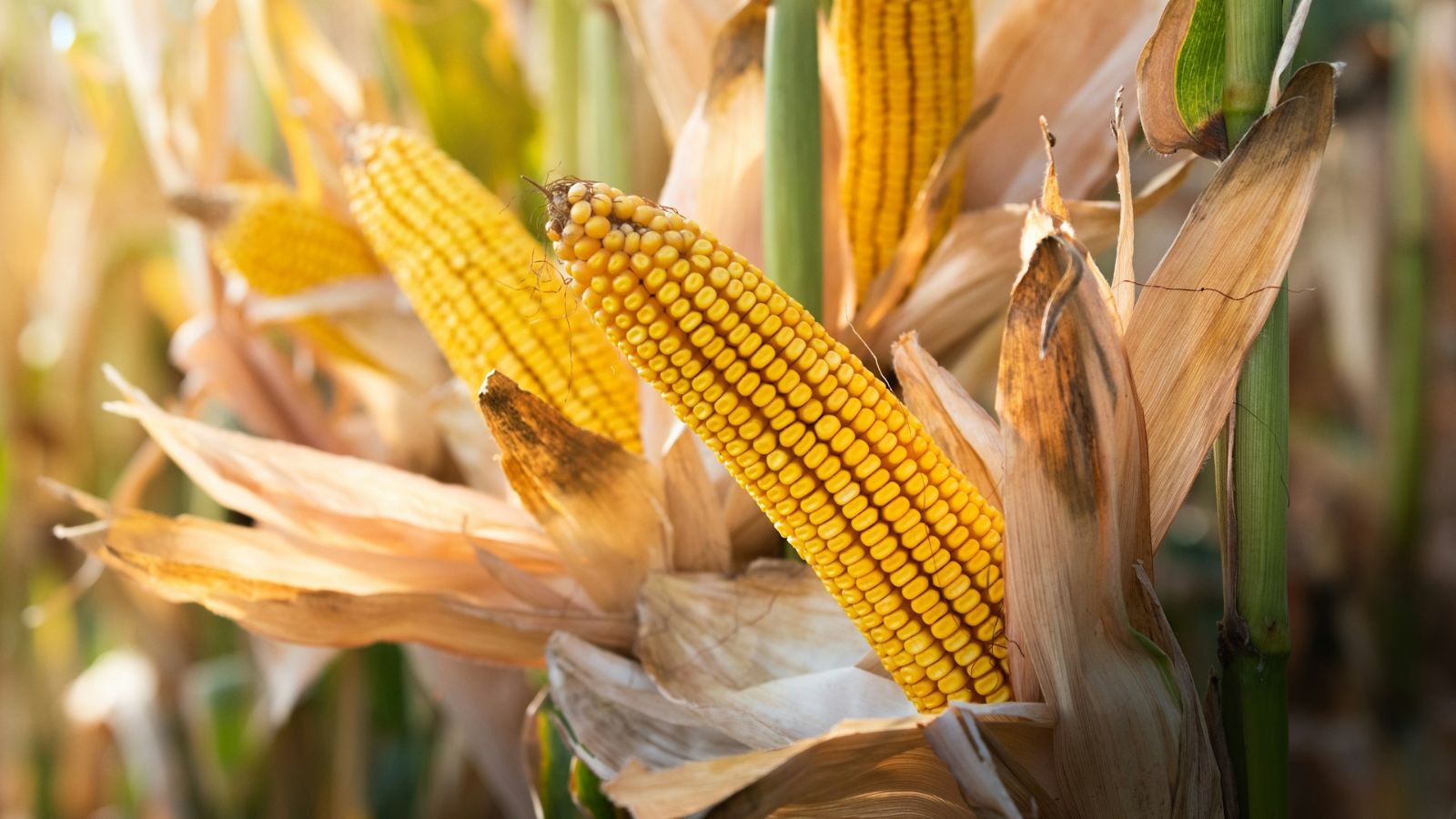Oklahoma Plans To Ban Red Dye 40 & Aspartame—What It Means For Public Health
Oklahoma's legislation is driving one of the most ambitious changes in food safety yet.

Advertisement
This ad is displayed using third party content and we do not control its accessibility features.

Assistant Health Editor
Assistant Health Editor
Ava Durgin is the Assistant Health Editor at mindbodygreen. She is a recent graduate from Duke University where she received a B.A. in Global Health and Psychology. In her previous work, Ava served as the Patient Education Lead for Duke Hospital affiliated programs, focusing on combating food insecurity and childhood obesity.
Image by Marcel / Stocksy March 07, 2025 Oklahoma is making strides in food safety with Senate Bill 4, a legislative effort aimed at removing 21 synthetic food dyes and additives, including Red Dye No. 40 and aspartame, from products sold within the state. Recently advancing through committee, the bill now awaits a Senate vote. If passed, it will require food manufacturers to eliminate these substances by 2027, with pharmaceuticals following suit by 2028. The bill aligns with similar initiatives in California, Arizona, and Iowa, reinforcing a nationwide push for cleaner food regulations.
The science behind the ban
Many of the additives targeted by the bill have been linked to serious health concerns. Red Dye 40, for instance, is derived from petroleum and has been associated with hyperactivity in children, including exacerbating symptoms of ADHD.
Studies have also suggested potential links between artificial food dyes and behavioral changes1, prompting several countries in Europe to require warning labels on products containing these chemicals.
Similarly, aspartame—a popular artificial sweetener found in diet sodas—has been under scrutiny for its potential neurotoxic effects, with research indicating possible connections to headaches, dizziness, and even increased cancer risk.
Other banned additives include:
These findings, among others, highlight the urgent need for better regulation of food additives in the United States.
A growing trend in food safety
Oklahoma’s proposed legislation aligns with a broader national effort to enhance food safety. California made headlines in October 2023 when it became the first state to ban Red Dye No. 3, a move later reinforced by the FDA in January 2024.
Arizona and Iowa have also introduced bills to restrict harmful additives, signaling a growing bipartisan consensus on the need for stricter food regulations. These efforts reflect increasing consumer awareness and demand for transparency regarding the chemicals in everyday food products.
Under Senate Bill 4, Oklahoma businesses would need to phase out these chemicals over the next few years, while products containing banned substances would carry a warning label starting in November 2025. This step ensures consumers are aware of what they’re consuming while giving companies time to reformulate their products.
The takeaway
By prioritizing consumer health, Oklahoma is setting a precedent for other states to follow. This isn’t just about banning certain chemicals—it’s about creating a food system that prioritizes safety and transparency.
As more states embrace similar measures, the United States moves closer to a future where food quality is held to a higher standard, benefiting public health for generations to come.

 Fransebas
Fransebas 





























